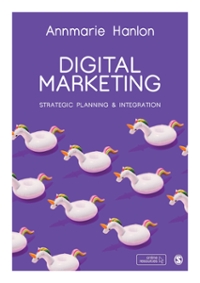On 9 April 2017, Dr David Dao was flying from Chicago to Louisville, Kentucky. This is a
Question:
On 9 April 2017, Dr David Dao was flying from Chicago to Louisville, Kentucky. This is a short flight lasting under one and a half hours. All passengers were on the airplane, waiting for the doors to shut when the cabin crew said the flight was overbooked and volunteers were needed to provide seats.
The seats were not needed for other paying passengers, but for some airline staff who wanted to get to Louisville. There are five flights on this route on most days, but the staff could not wait. Passengers were said to be offered $800 in United Airlines vouchers, if they would take the next flight. There were no volunteers, therefore, at random, the cabin crew selected four passengers, one of whom was Dr David Dao. He said he could not take the next flight as he had patients waiting to see him. The cabin crew were not happy about this, so requested Chicago Aviation Security to remove the passenger.
In the meantime, other passengers, many of whom became citizen journalists, started filming the incident. The videos showed Dr Dao being forcibly dragged out of his seat and down the aisle. The videos were uploaded to several social media channels.
Let’s explore the timeline of how United Airlines managed responses to the video.
10 April 2017 The United Airlines CEO sends a letter to his staff which is shared via social media. In the letter, he commented that 'the facts and circumstances are still evolving, especially with respect to why this customer defied Chicago Aviation Security officer the way he did’. He adds, 'As you will read, the situation was unfortunately compounded when one of the passengers we politely asked to deplane refused.’
It is also worth noting, that as many PR professionals will tell you, organisations are ‘leaky’ and this letter was intended as a letter from the CEO to all staff. Yet someone in the staff decided to share this via social media.
Sharing content with outsiders, or whistle-blowing, indicates ethical concerns within an organisation and, according to researchers Culiberg and Mihelic, is ‘one way of drawing attention to wrongdoings in business’ (Culiberg and Mihelic, 2016).
Some staff obviously felt strongly enough to share the letter via the media, which exacerbated the overall situation, further worsening the brand image.
Questions
• Evaluate the strengths and weaknesses of the approach taken by the CEO.
• How could you prepare for such a disastrous event?
• What actions would you take as the event unfolded and negative online comments started?
• Work in groups of three to five to explore what options could have been taken and make recommendations.
Step by Step Answer:






